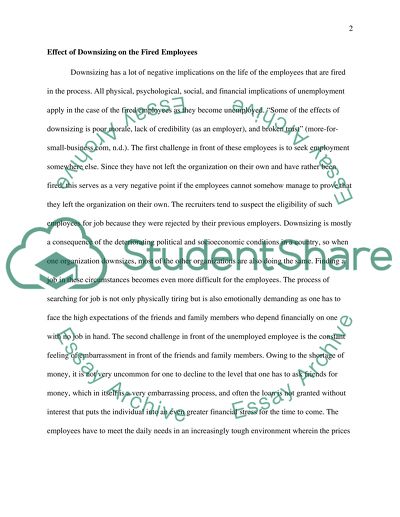Cite this document
(“The Implications of Downsizing (Rightsizing) to the Employees, Research Paper”, n.d.)
The Implications of Downsizing (Rightsizing) to the Employees, Research Paper. Retrieved from https://studentshare.org/social-science/1456135-the-implications-of-downsizing-rightsizing-to-the
The Implications of Downsizing (Rightsizing) to the Employees, Research Paper. Retrieved from https://studentshare.org/social-science/1456135-the-implications-of-downsizing-rightsizing-to-the
(The Implications of Downsizing (Rightsizing) to the Employees, Research Paper)
The Implications of Downsizing (Rightsizing) to the Employees, Research Paper. https://studentshare.org/social-science/1456135-the-implications-of-downsizing-rightsizing-to-the.
The Implications of Downsizing (Rightsizing) to the Employees, Research Paper. https://studentshare.org/social-science/1456135-the-implications-of-downsizing-rightsizing-to-the.
“The Implications of Downsizing (Rightsizing) to the Employees, Research Paper”, n.d. https://studentshare.org/social-science/1456135-the-implications-of-downsizing-rightsizing-to-the.


